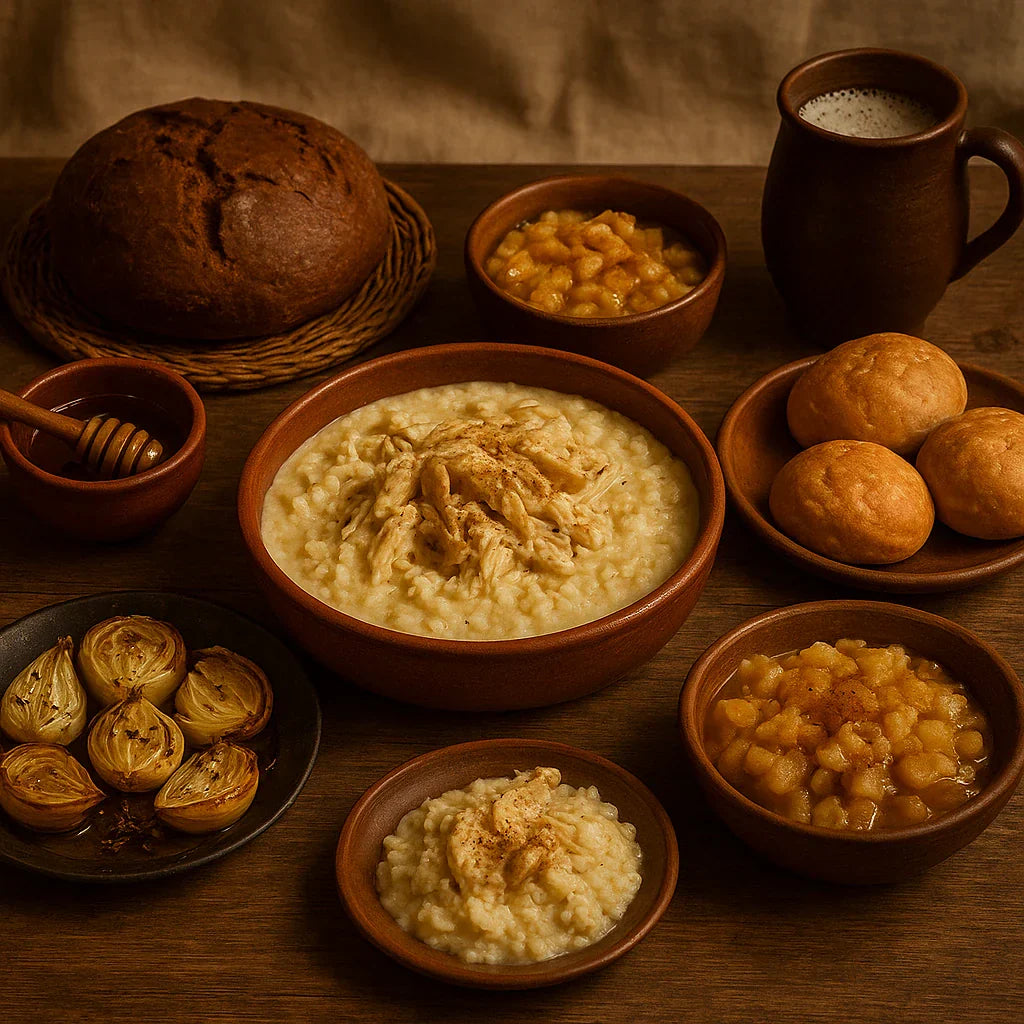The so-called barbarian swords evoke images of warring tribes, savage duels and ancient forgers.
Although the term "barbarian" was used by the Romans to refer to non-Latin foreign peoples, today we apply it to a variety of European cultures that inhabited the continent between Antiquity and the Early Middle Ages: Germans, Celts, Dacians, Scythians, and Huns, among others.
Their swords were tools of war, status symbols, and masterpieces of metal craftsmanship.
Origin and evolution
The first barbarian swords emerged in the Iron Age, many influenced by La Tène Celtic designs (4th century BC onwards).
The Celts introduced long swords, with straight, double-edged blades, ideal for powerful cuts.
Later, the Germans adopted and modified this style, creating more robust and practical weapons for close combat.
During the Gallic Wars, Julius Caesar already described Gallic swords as long and heavy, often more suitable for slashing than for thrusting.
The Germans of the 1st to 3rd centuries AD, on the other hand, preferred shorter and more manageable weapons such as the spatha , which would later influence Roman weaponry.
Over time, these swords evolved into more sophisticated designs, such as the Franconian swords of the Merovingian period, true precursors of medieval swords.
Types of barbarian swords
Celtic swords
Celtic swords had long, straight blades, usually made of wrought iron, and their handles were made of wood, bone or bronze.
They often included ornaments with geometric or animal motifs.
Some swords were so valuable that they were ritually folded before being placed in tombs or lakes as offerings.

Germanic spatha
Originally a Roman cavalry sword, the spatha was adopted and adapted by Germanic peoples. It was longer than the gladius and better suited for open-field fighting.
With a blade measuring up to 90 cm, this sword remained in use even after the fall of Rome and became the basic weapon of barbarian and Merovingian warriors.

Dacian and Thracian swords
The Dacians used a curved sword called a falx , with a blade sharpened on the inside, capable of piercing Roman armor.
Its design forced the Roman army to reinforce helmets and shields.
Two-handed variants were also used.

Hunnic and Scythian weapons
Rather than classical swords, these nomadic cultures used curved sabers or short swords for combat on horseback.
Their forging did not reach the decorative level of the Celts or Germans, but their weapons were effective and feared by the imperial armies.

Symbolic and funerary function
For these peoples, the sword wasn't just used for fighting. It was a symbol of power, of warrior nobility, and, in many cases, a ritual object.
In numerous burials, swords have been found placed next to their owners, indicating the social status of the deceased.
Some were intentionally rendered unusable by twisting or fragmenting to mark their “symbolic death.”
Conservation and presence in museums
Authentic examples of barbarian swords are preserved today in important European museums.
The British Museum , the Musée d'Archéologie Nationale in France and the National Archaeological Museum in Madrid house Celtic, Germanic and Dacian artifacts.
In Germany, the Römisch-Germanisches Zentralmuseum houses a vast collection of barbarian weapons, some recovered from noble tombs or battlefields.
The importance of barbarian swords
Far from the chaotic image of wild hordes, barbarian swords reveal profound technical mastery and highly developed cultural symbolism.
From the decorated steels of the Celts to the straight-bladed Germanic swords, these weapons speak of honor, power, and tradition.
Inherited from centuries of combat and identity, they remain today as a tangible legacy of the peoples who shaped Europe between Antiquity and the Early Middle Ages.
Don't forget to check out our Medieval Shop , where you'll find a wide variety of swords and much more.









